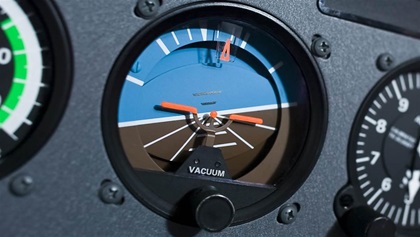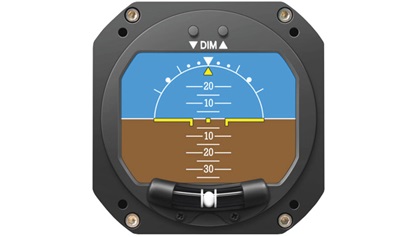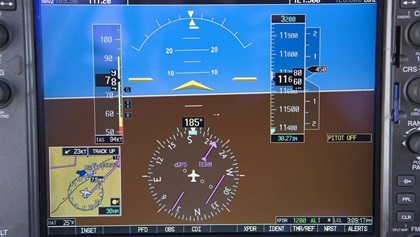
Gyros are cool. These perfectly machined little marvels are responsible for many of the inner workings of an airplane’s instrument panel. The attitude indicator (AI) is one of the most important.
At the most basic level the attitude indicator is an easy instrument to understand. One quick glance and you can determine the airplane’s position relative to the horizon. But get a little deeper and it’s truly amazing what the AI can do and how it works.
A small cylinder of metal inside a casing spins rapidly to act as a gyroscope. High school physics taught us that a core principle of gyroscopes is rigidity in space, sort of like that 350-pound lineman who doesn’t want to move. As the airplane banks and pitches, the gyroscope stays upright, spinning in place. So, believe it or not, the entire airplane turns around the gyroscope. The front of the instrument with the tick marks and the itty-bitty wings is fixed to the instrument panel, while the blue-and-brown horizon card is attached to the gyroscope. Those tick marks and the little wings pitch and bank with the airplane while the horizon card remains in place.
To spin the gyroscope, a pump attached to the engine (vacuum pump) sucks air out of back of the instrument case. As air flows across the gyro it spins and remains rigid. One of the dangers of vacuum instruments is that if the pump fails, it takes a long time for the vacuum to spin down and for the gyro to stop functioning. While that is happening, the attitude indicator will slowly fail and start listing, lulling many pilots into believing they are turning when they really aren’t. If you aren’t in the clouds, a quick look outside will help keep you upright.
 Traditional attitude indicator
Traditional attitude indicator Digital attitude indicator
Digital attitude indicator Primary flight display
Primary flight display


